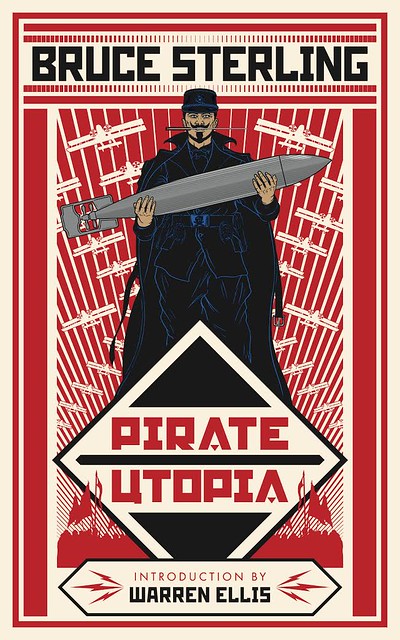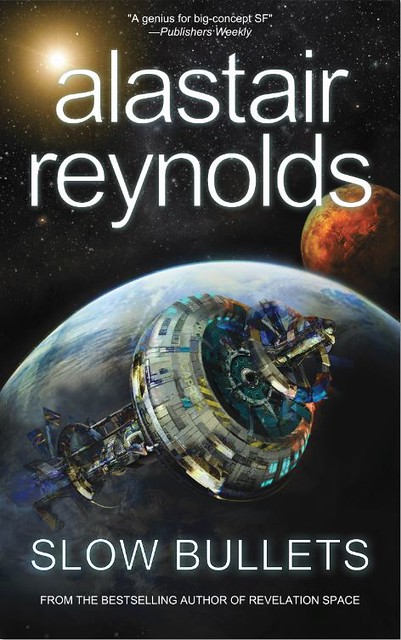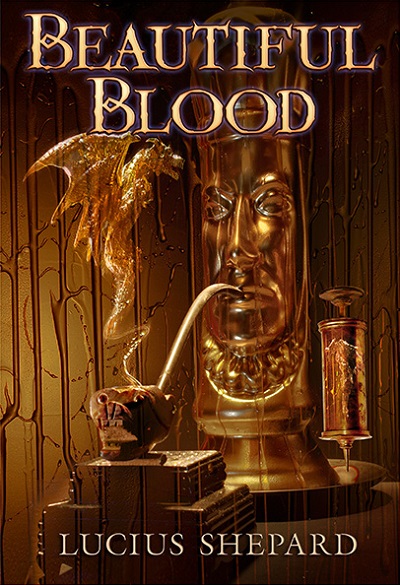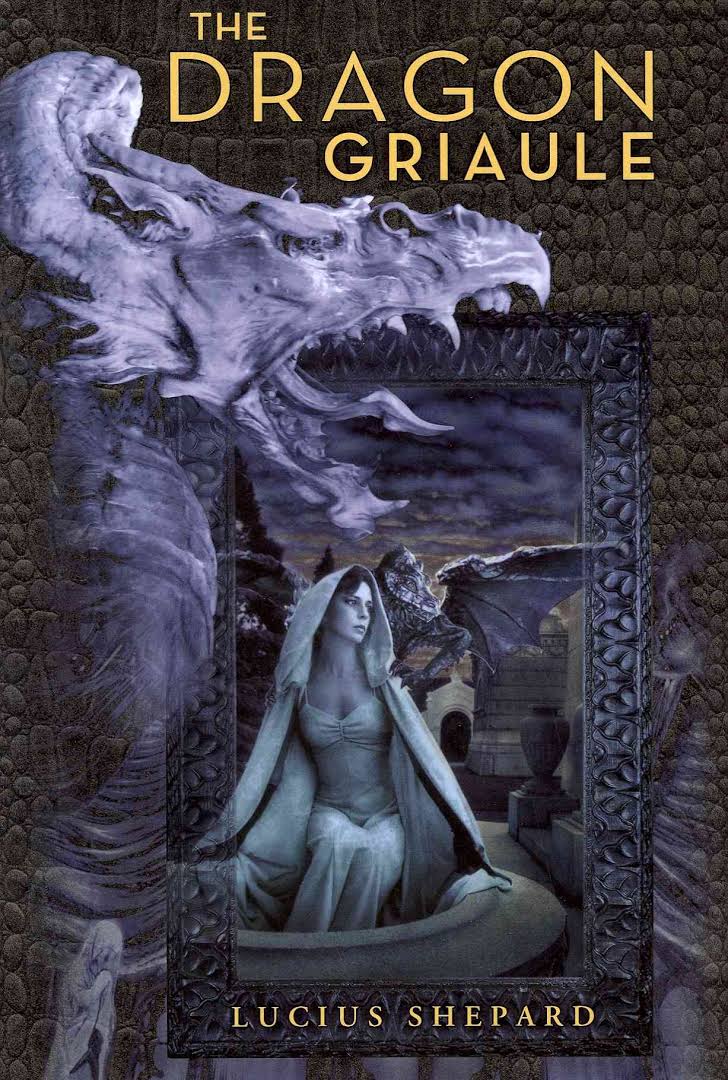 From the Awards' website: "The Sidewise Awards have been presented annually since 1995 to recognize excellence in alternate historical fiction." This year, Bruce Sterling's Pirate Utopia
From the Awards' website: "The Sidewise Awards have been presented annually since 1995 to recognize excellence in alternate historical fiction." This year, Bruce Sterling's Pirate UtopiaFortunately, Pirate Utopia is still available in hardcover, which is a must-see format for the period-specific (and quite marvelous) illustrations by John Coulthart. I've posted some of these illos in my blog posts of June 14, 2016, and July 14, 2016. Keep in mind these few illustrations are only a sampling, but hopefully enough to give you a taste of what's included in the book. (And let's not forget that the book also includes an enlightening 1,000-plus-word essay entitled "Reconstructing the Future: A Note on Design" from the illustrator himself.)
But getting back to the story itself, imagine that Harry Houdini, Howard Lovecraft, and Robert “Bob” Ervin Howard are members of a United States Secret Service delegation to the Republic of Carno in September 1920. Remember, this is an alternate history story! You can read more about Pirate Utopia's "Cast of Characters" in my June 10, 2016, blog post, in which I wrote about my initial work on this novella.
And in addition to the *starred* Publishers Weekly review I posted on October 6, 2016, here's the *starred* Kirkus review:
PIRATE UTOPIA
by Bruce Sterling; illustrated by John Coulthart
Noted sci-fi maven and futurologist Sterling (Love Is Strange, 2012, etc.) takes a side turn in the slipstream in this offbeat, sometimes-puzzling work of dieselpunk-y alternative history.
Resident in Turin, hometown of Calvino, for a dozen years, Sterling has long been experimenting with what the Italians call fantascienza, a mashup of history and speculation that's not quite science fiction but is kin to it. Take, for example, the fact that Harry Houdini once worked for the Secret Service, add to it the fact that H. P. Lovecraft once worked for Houdini, and ecco: why not posit Lovecraft as a particularly American kind of spook, "not that old-fashioned, cloak-and-dagger, European style of spy," who trundles out to Fiume to see what's what in the birthplace of Italian futurism-turned-fascism? Lovecraft is just one of the historical figures who flits across Sterling's pages, which bear suitably futuristic artwork, quite wonderful, by British illustrator John Coulthart. Among the others are Woodrow Wilson and Adolf Hitler, to say nothing of Gabriele D'Annunzio and Benito Mussolini. "Seen from upstream, most previous times seem mad," notes graphic novelist Warren Ellis in a brief introduction, but the Futurist project seems particularly nutty from this distance; personified by Lorenzo Secondari, a veteran of World War I who leads the outlaw coalition called the Strike of the Hand Committee in the "pirate utopia" of the soi disant Republic of Carnaro, its first task is to build some torpedoes and then turn them into "radio-controlled, airborne Futurist torpedoes," not the easiest thing considering the technological limitations of the time. A leader of the "Desperates," who "came from anywhere where life was hard, but honor was still bright," Secondari and The Prophet—D'Annunzio, that is—recognize no such limitations and discard anything that doesn't push toward the future. So why not a flying pontoon boat with which to sail off to Chicago, and why not a partnership with Houdini to combat world communism?
A kind of Ragtime for our time: provocative, exotic, and very entertaining.
Pirate Utopia is available direct from the publisher, Tachyon Publications, as well as Amazon.com
---------------
Footnotes
[1] The Sidewise Awards website has a complete list of the 2017 award finalists.














